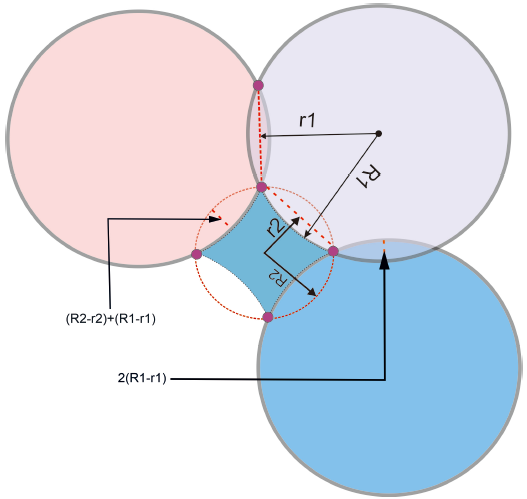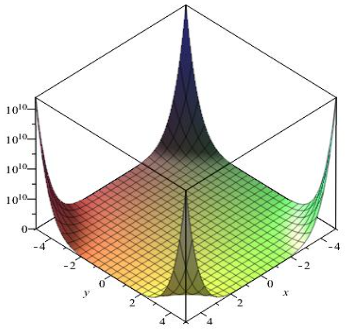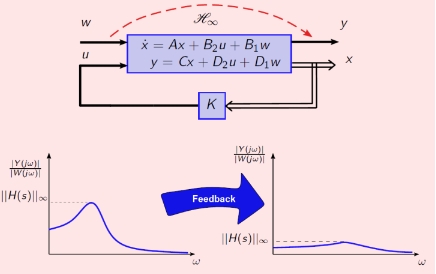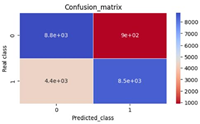GeoGebra—A great platform for experiential learning, explorations and creativity in mathematics
Abstract
In this paper we are presenting some examples of how GeoGebra is used in: a) explaining concepts of the first derivative, monotony, extremums; b) studying the properties of the function (strictly increasing/decreasing); c) demonstrating the mean value theorem. The results and the conclusions are based on the experiment carried out in the teaching and learning process in the chapter of derivatives in a third-year class of a secondary school in Albania. Also, there are some encouraging facts got by the use of GeoGebra: the double representation and the dynamic features of GeoGebra allow the students to quickly grasp the mathematical concepts and properties and be actively involved in further explorations. The use of GeoGebra tools is similar to the use of the tools of virtual games, and this is a great advantage to stimulate the students to learn mathematics and master their mathematical performance the same way they play games. On the other side, using GeoGebra, it is easier for the teachers to explain mathematical concepts, the properties of algebraic objects, to discuss about different situations and aspects of the subject under study and to methodically reason the results got. GeoGebra provides a very commodious environment for the students to effectively interoperate with each other. Our results showed that GeoGebra is effective in teaching and learning mathematics. GeoGebra software contributed in enhancing students’ understanding of mathematical concepts and improved students’ interest to learn mathematics. Also, we admit that not all the stages of implementing GeoGebra software in the classroom are flowing smoothly. Based on our experience and the other researchers, it is observed that the effectiveness is dependent on the way GeoGebra is integrated in the teaching and learning process, implying that the research must continue with the commitment of many researchers of mathematics, physics and other sciences.
References
[1]Judith H, Markus H. Introduction to GeoGebra. Available online: www.geogebra.org (accessed on 11 February 2024).
[2]Lavicza Z, Hohenwarter M, Jones K, et al. Establishing a Professional Development Network around Dynamic Mathematics Software in England. International Journal for Technology in Mathematics Education. 17(40): 178.
[3]Josef B. Linking Geometry, Algebra and Calculus with GeoGebra. ACDCA, DUG and Technical University of Vienna; 2008.
[4]Arcavi A. The role of visual representation in the learning of mathematics. Edu. Stud. Math. 2003; 52: 215-241.
[5]Giaquinto M. Visual Thinking in Mathematics (An Epistemological Study). Oxford University, Press Inc.; 2007. pp. 163-185.
[6]Competences for democratic culture. Living together as equals in culturally diverse democratic societies. Available online: https://rm.coe.int/16806ccc07 (accessed on 4 March 2024).
[7]Grotzer TA. Expanding our vision for educational technology: Procedural, conceptual, and structural knowledge. Educational Technology. 2022; 42(2): 52-59.
Copyright (c) 2024 Qamil Kllogjeri, Pellumb Kllogjeri

This work is licensed under a Creative Commons Attribution 4.0 International License.











